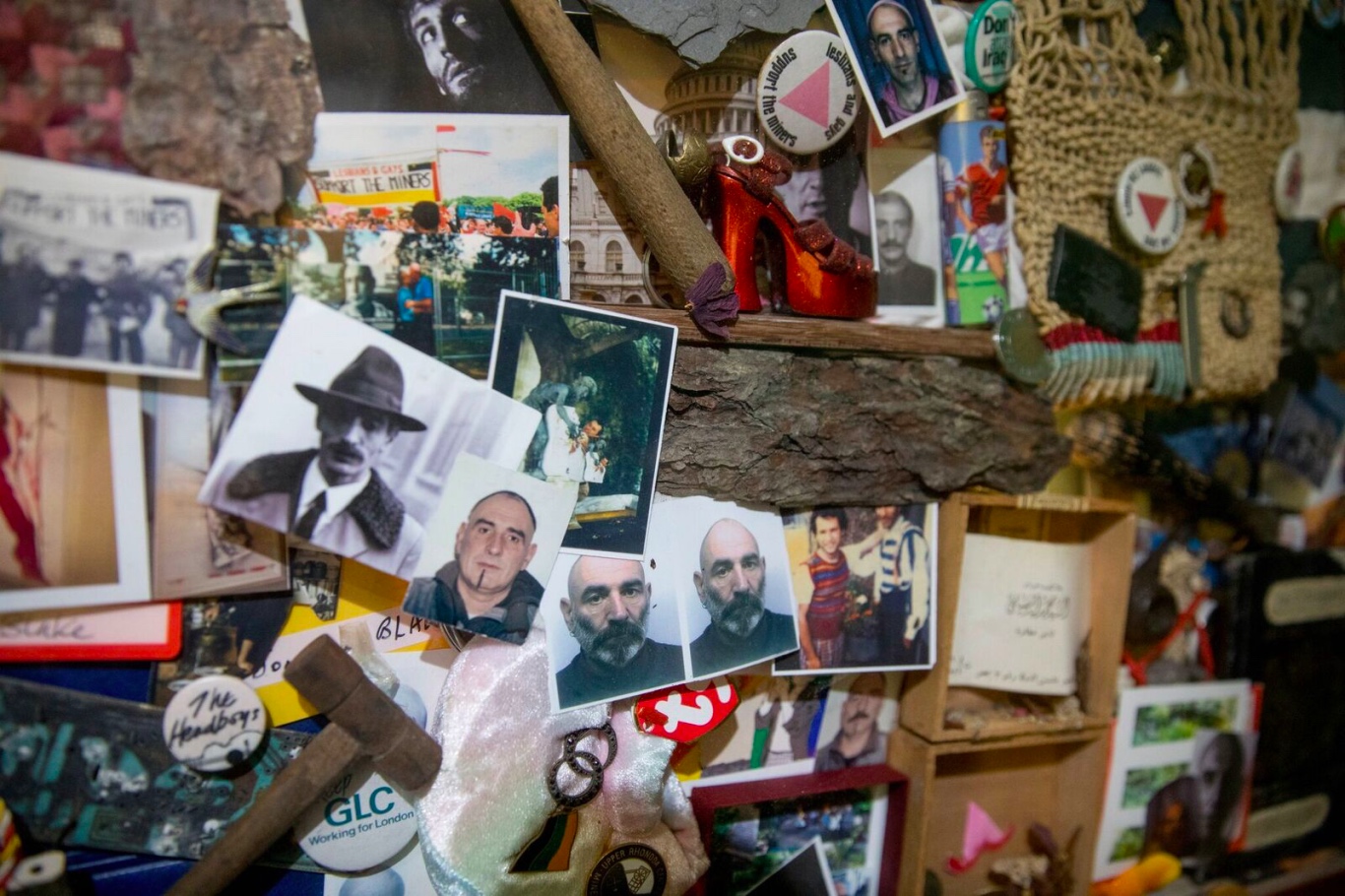For the past year, a group of social historians have been patrolling around King’s Cross – chasing leads, connecting the dots and burrowing their way into various community groups. They call themselves Story Palace, but their task? To tell a hundred stories over a hundred years, by meeting the people who have lived, worked and played here.
“It’s tricky,” says the group’s Polly Rodgers, “you could spend a year uncovering the history of one building. We’ve now got the lay of the land, have unearthed the main stories embedded in the community and understand the kinds of stories we want to tell.”
From the masses of individual tales they have heard, they’ve selected twelve over-arching narratives. These centre around themes that kept popping up: the people, cultural movements and events which most sculpted the ever-evolving face of King’s Cross. These include the Greek-Cypriot and Bangladeshi populations, labour activism, social housing, the Second World War, Granary Square and of course, King’s Cross station – its drastic redevelopment and the devastating fire on 1987.
In particular, the area’s LGBT+ community has been a vital source of information. “The stories we came across really set the scene,” says Polly’s colleague Michael Hall, “telling a much broader story about life during that period; the fashions, attitudes and the environment.”
LOCAL ADVERTISING
Iconic venues like The Fallen Angel, The Bell and Gay’s The Word were all vital hubs at a time when stigma towards the community was rife. “People were physically attacked, vilified in the press and there was a dangerous lack of understanding about HIV,” he says. “The hardships and adversity really galvanised some of the thinking and the activism happening within the gay community and a lot of it started in this area.”
“One of our interviewees unequivocally stated that part of cleaning up King’s Cross was getting rid of the gays,” says Polly, touching on another reoccurring tension the team kept uncovering, the effects of the area’s redevelopment on marginalised communities.
“That said, I went into the project expecting it to be quite straightforward, with a narrative that revolved around anger about gentrification. It is much more complicated. While there’s undoubtedly anger and negativity towards the changes there are ways in which that is complicated,” says Polly. “As one man very eloquently put it,” adds Michael, “King’s Cross was a “shithole” before.”
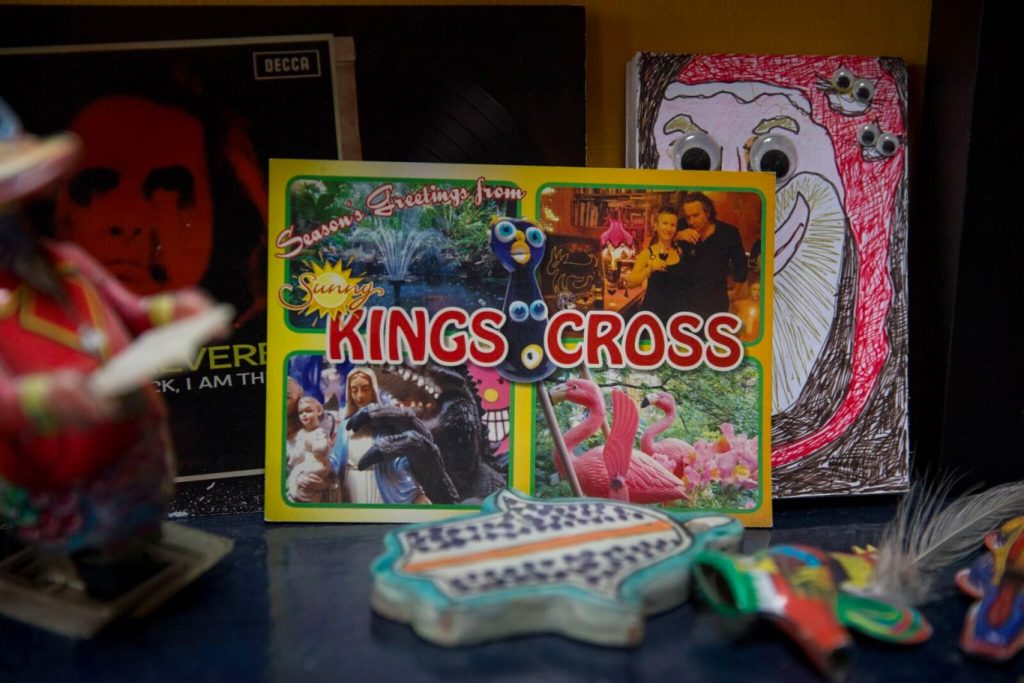
“It was important to get the balance,” Polly continues, “of course we have the horror stories, of people literally having to step over people with needles hanging out of their arms, and we’ve included that. At the same time, we’ve highlighted the value that the relative neglect of the area had for certain groups of people, who were really able to make it there own; occupying buildings, finding spaces to create and discover themselves.”
With a year left of their project, the Story Palace team, under the authority of History Pin and Building Exploratory, will continue to weave their multi-voice narrative of the area. From both impressionistic storytellers and expert informants, they’ll tell the tales of those who came here to party and those who came here to shop, from those who always wanted to live here and those who wanted to move anywhere else but.
“There’s such a rich story to be told about this part of the capital, with such a complexity of changes and experiences,” says Polly, “we’re going to continue gathering tales with an open mind and open eyes, expecting to be surprised and to have our expectations flipped.”
Throughout the year there’ll be a series of small exhibitions and a large final exhibit at the start of 2019 that will look to articulate the main stories that have been told in the area. Alongside this, the team are curating a series of downloadable heritage walks and a series of maps; they’re also making a film and a podcast about The Bell.
Three King’s Cross storytellers…
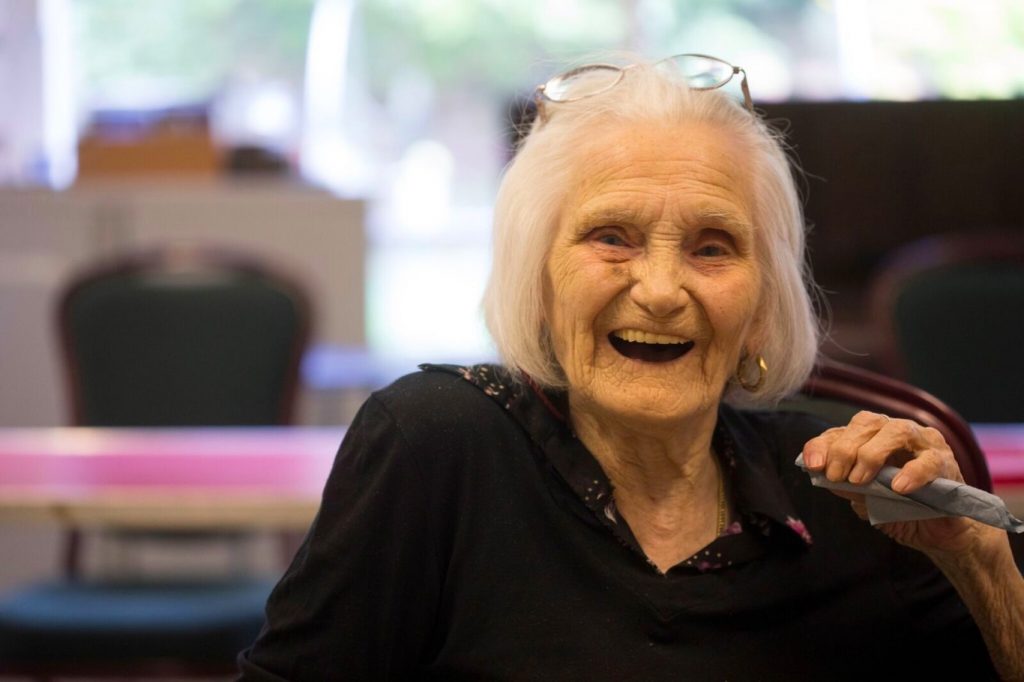
Queenie, Cally Girl
The Story Palace team first came across Queenie while running memory-sharing events in Camden’s Millman Street Community Centre. “Her presence was always felt during these sessions, shouting out when she remembered things and always up for a sing along,” says Polly.
At 97, Queenie has spent her whole life in King’s Cross. “The Cally is my home,” she says, “all my children were born there and I’ve never liked going too far away.”
One of her most prevalent memories from the area was standing outside Pentonville Prison with her friends, waiting for the prisoners to appear at the window so they could blow them kisses.
“It was about making them feel like they’re still with us… reminding them that when they came home they would still have their friends.” By her own reckoning King’s Cross has improved greatly and is not nearly as rough as it used to be. Nothing like a positive outlook.
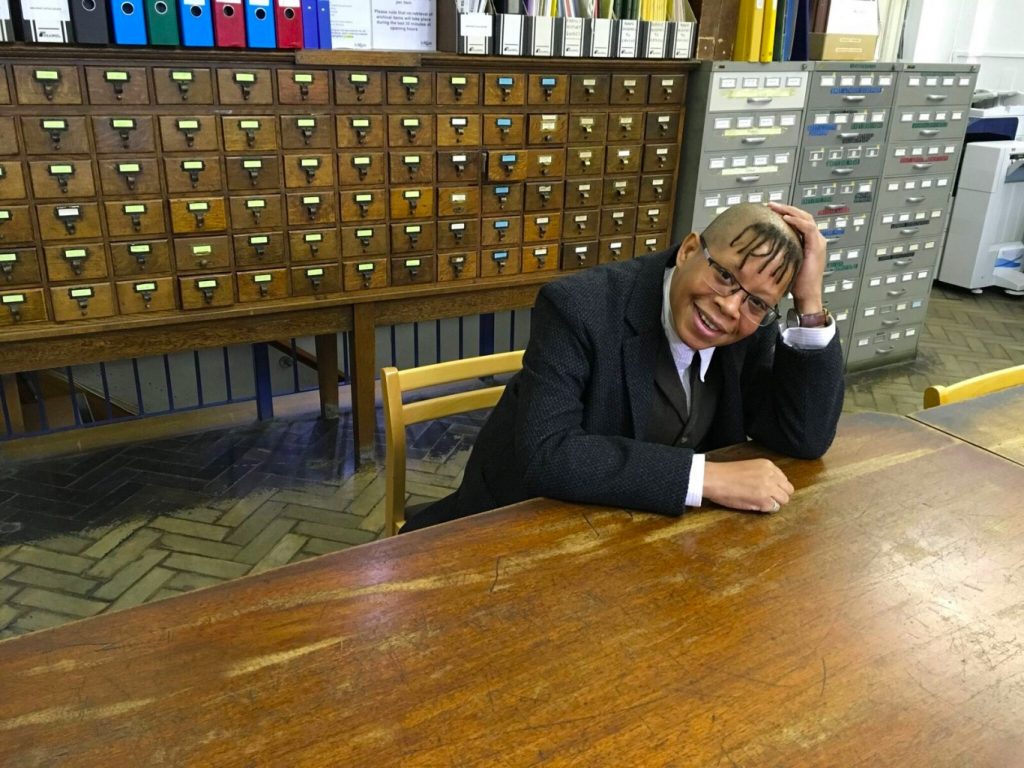
Debbie Smith, Bell Dyke
As is the case with many young queers in the capital during the 1980s, The Bell was the centre of Debbie’s social universe. She lived a hedonistic youth, one that was significantly bolstered when she moved into a nearby squat alongside all The Bell staff. “It basically meant that I got free entry and special treatment,” says Debbie.
So what did she get up to in The Bell? “I’d pretty much dance all night. Except for when I’d go to the toilet and sit on the little ledge by the sinks. This is where you would pick up all the gossip. When anything at all was going on in the gay scene, especially the lesbian scene, if you sat in The Bell toilets for ten minutes you’d hear everything,” she says.
When the bar closed for the night, Debbie and the rest of the “Bell Dykes” all clad in their DMs, leather jackets and spiked hair – a style that she admits “looked ridiculous, but I was 17, I didn’t care, I had my crew” – would head to a little cafe opposite the station.
“It was open all night for railway workers and was a famous haunt of ladies of the night.” The post-Bell queers would sit there and reconvene after a night out, sipping on a cup of tea or supping a can of lager they’d managed to smuggle in. “The women would share these with us. They accepted us as young queers, we accepted them as working girls.”
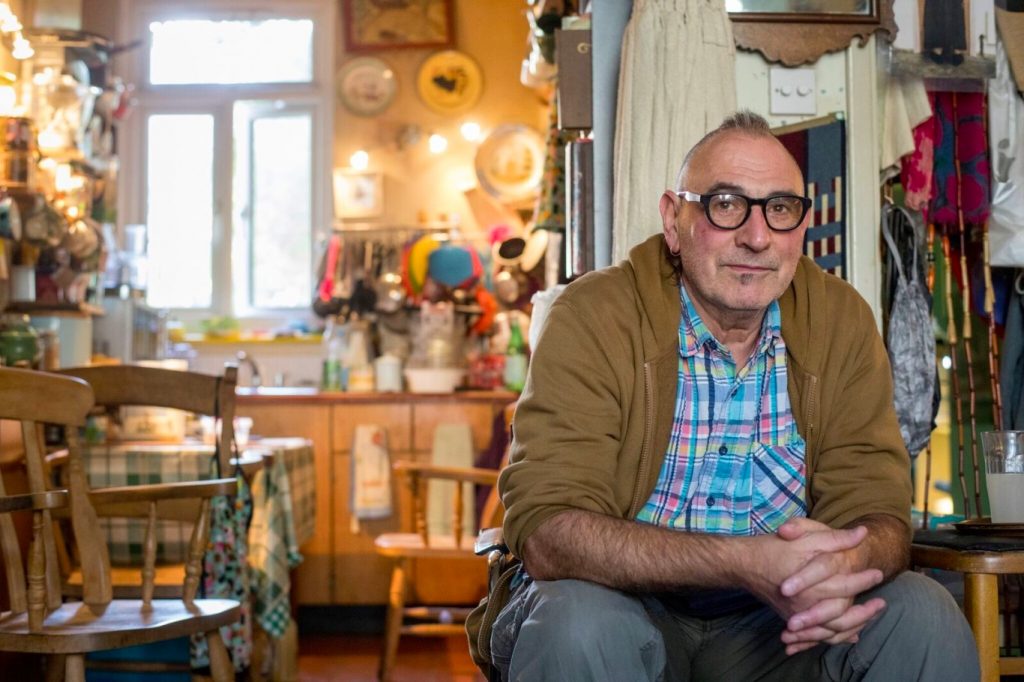
Jonathan Blake, first HIV diagnosis in London
In October 1982, Jonathan was diagnosed with HTLV-3 – which later became known as HIV. As the first person to be diagnosed in Middlesex Hospital, “my number was London1, L1,” he says. “The early years of living with the virus were very dark days… it was basically a terminal diagnosis, it got to the point where I felt so unclean, like a modern day leper.”
At the bleakest point in his life, Jonathan felt that his only option was to end it. Then, at the crucial moment, he remembered what his mother had taught him as a child: “You do not leave shit for other people to clear up.” And so, “if you can’t kill yourself,” he says, “you get on and live.”
Indeed, Jonathan traces many of his experiences back to King’s Cross. Be it through his activism with Lesbians and Gays Support the Miners (LGSM), fundraising at Gay’s the Word, the Fallen Angel and the Bell, volunteering at radical bookshop Housmans and leading the Pride march alongside the miners.
For a long time his life was lived under the auspices that, “I’m going to be dead tomorrow, so why not – you can say yes to everything because there are no consequences, you aren’t going to live long enough to see them. And here I am.”
Now 68, Jonathan lives in a vibrant home filled with memorabilia. According to Polly, his place is a treasure trove of a house and garden. “Each painting, poem, photograph and sculpture he has surrounded himself with is a testament to his choice to get on and live. Everything roots him in the world, through connection to the people he has made his family,” she says.

